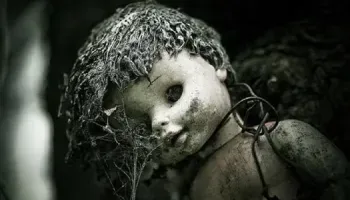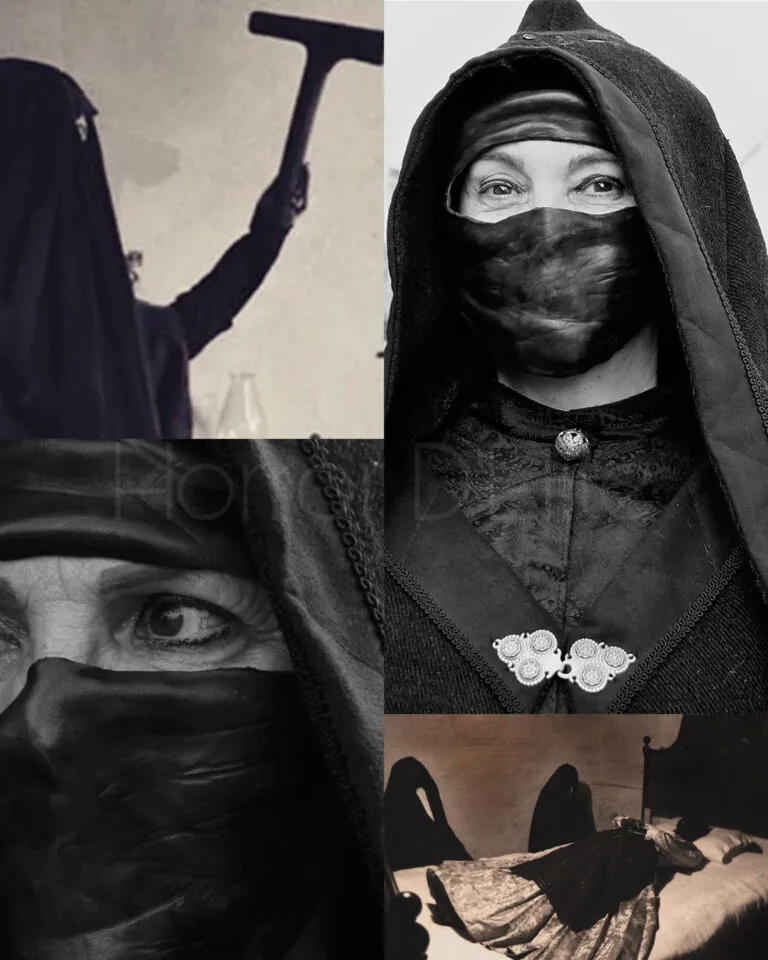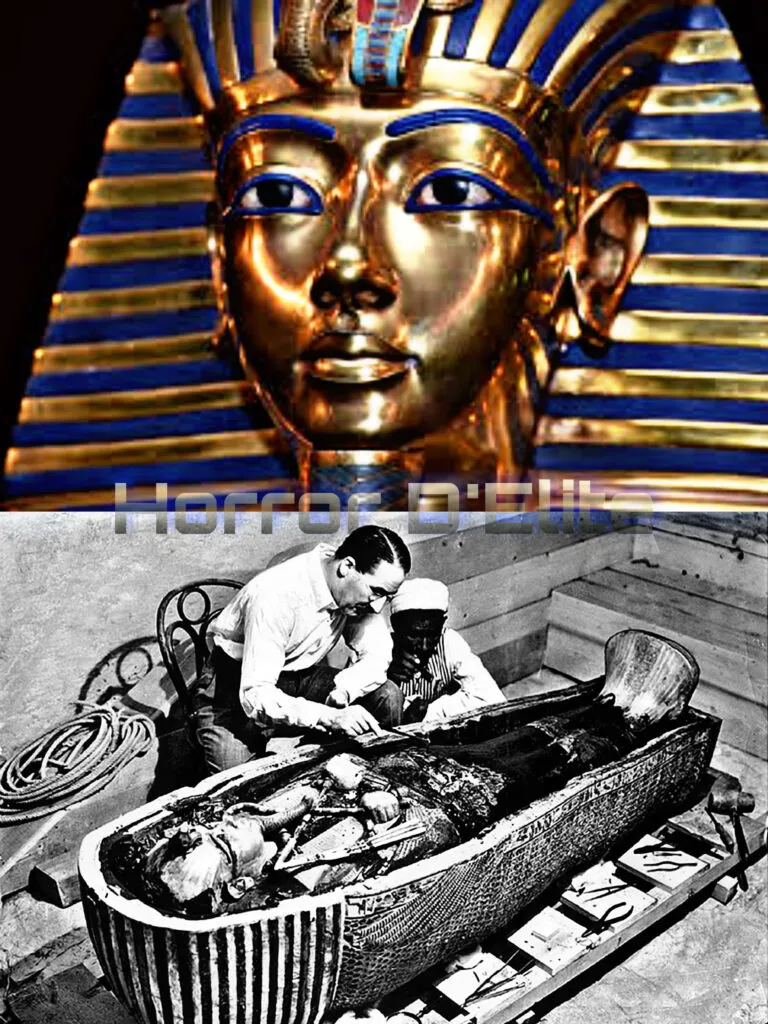The True Story of the Pied Piper
The True Story of the Pied Piper
The “Pied Piper” (the Piper of Hamelin) is one of the most well-known classic fairy tales worldwide.
Despite its widespread popularity, few have delved into the origins of this tale, likely because of the habit of considering it harmless and devoid of any real-world reference.
The most recent children’s version (the 1857 version) tells us of a piper who, upon arriving in the city of Hamelin, freed it from the plague of rats in exchange for a promised hefty reward.
The original 1812 version of the tale did not have a happy ending, and the children were taken to a cave where they were locked away forever.
Only one child, who was lame, managed to escape the kidnapping because he could not keep up with the others.
The events that occurred in Hamelin on June 26, 1284, are the basis for the classic Grimm Brothers’ fairy tales described above, which are far from mere fantasy.
The inscription on the wall of a house in the city of Hamelin, dating back to around 1600, reads: “In the year 1284, on the day of Saints John and Paul, June 26th – a piper dressed in multicolored clothes lured away 130 children born in Hamelin who were lost at the Koppen’s Calvary.”
The plaque recounts a news event that must have shaken the population in a devastating way, the loss of 130 children from the city due to a “piper” who led them to die at the Koppen’s Calvary, sacrificed for an unknown reason.
It is particularly interesting to note the use of the term “calvary,” which implies not only sacrifice but also the suffering of the journey leading there.
The relevance and truthfulness of the episode come not so much from the inscription, made over 300 years later, but from a church window located in the market square, where one can see the scene of the piper driving the children into the mountain.
The window no longer exists, but we have the image created through descriptions from ancient documents.
The window clearly explains the episode.
The Pied Piper first frees the city from rats by leading them to the Weser River, and then, dressed in the flamboyant clothing typical of hunters (which could also be related to a jester or at least an outcast), he leads the children up a mountain adjacent to the city where he pushes them into a cave from which they never return.
The third and final reference to the episode still present in the city is the absolute prohibition of playing music on the “Senzatamburi” street, where even celebratory processions immediately cease all sound upon arrival.
The Pied Piper has left his traces everywhere in the city.
But what happened to the children of Hamelin?
Numerous hypotheses have been made to explain the episode, ranging from a plague epidemic to a mass migration, but few have a logical historiographical foundation.
The great plague epidemic did not reach Europe until 1347, so it is highly unlikely that an entire city community was already afflicted by the disease on such a large scale over 60 years earlier.
The main hypotheses that have traditionally been considered are three:
The Pied Piper led the children to die in the mountains to prevent the entire population from being infected with the disease known as “Sydenham’s chorea,” also called “St. Vitus’ Dance,” which is referenced in the “Chronicle of Erfurt” from 1237 and the “Chronicle of Maastricht” from 1278.
The children were forced to leave the city for a new Children’s Crusade or for a military campaign. The Children’s Crusade has been widely debated and seems to stem from a misinterpretation of the Latin word “Puer,” which can be confused with the word “Pauper,” meaning poor. However, a military campaign, which was very common at the time and often involved even the youngest, is more plausible.
The children were part of a mass migration towards Eastern Europe. References to this can also be found in the first version of the Grimm brothers’ fairy tale, which mentions how the cave actually led to Transylvania, in Romania.
Another hypothesis that is quite interesting is the one put forward by Gernot Hüsam, a local historian.
The Spiegelberg barons, staunch Catholics, were determined to eliminate resistance to religious conversion in the area. After hiring a hunter dressed in bright clothing, they had 130 children from the city of Hamelin sacrificed on a “calvary” (like that of Christ, sacrificed to save mankind) near the city.
The calvary could be Mount Ith, only 15 kilometers from the city of Hamelin, where the Teufelsküche, or “Devil’s Kitchen,” is located.
A perfect place for such sacrifices, traditionally linked to pagan rituals.
The Oberberg hill on the rocky chain is described by the city’s oral tradition as the scene of “demonic” rituals and celebrations.
Often with a sexual background, these were accompanied by the sound of a piper playing during the ceremonies, inviting the young to dance.
The strongest “evidence” supporting this theory is the depiction of the episode in a church window in the city.
This representation specifically indicates the beatification of the martyrs who, having become saintly saviors, deserved a depiction worthy of their deed.
What became of the 130 children of Hamelin remains a mystery to this day.
If archaeological remains, such as the children’s bones, are not found, it is destined to remain a secret kept by the German mountains.
What do you make of this story? Who was the Pied Piper really?
Doesn’t it remind you of a certain Stephen King story and a famous clown?







